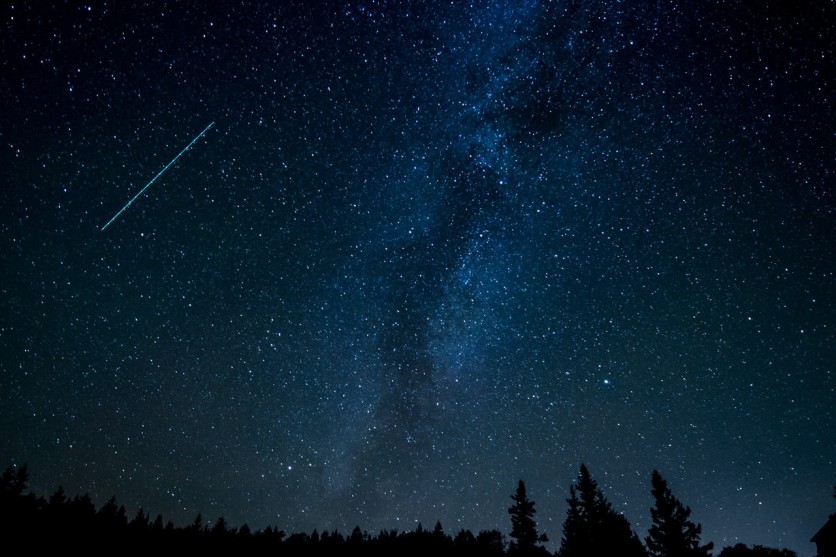The nights are now milder as the days reach May, meaning more people could venture out at night in their backyards or roof for some stargazing, especially since many cities and countries are still in lockdown due to the coronavirus pandemic.

With the milder nights comes fantastic night-time displays, care of a super moon, and meteor showers--although this month is not as active as April was.
Still, there are a few things worth seeing.
For those who are interested, here are the astronomy and space-related events happening this month of May:
May4-5: Eta Aquariid Meteor Shower
The Eta Aquariid meteor shower will produce a staggering 20 to 30 meteors per hour, which makes up for the lack of super-bright fireballs, according to the National Aeronautics and Space Administration's (NASA) Bill Cooke from the agency's Meteoroid Environment Office.
Those on the Southern Hemisphere will even see more meteor showers with around 40 fireballs streaking through the night sky per hour, according to the American Meteor Society (AMS).
However, Thrillist noted that the moon might be too bright during the meteor shower's peak, so it could interfere with everyone's viewing, especially since the shower is often fast and faint.
But, it's still possible to watch the Eta Aquariid meteor shower a few hours before dawn when the moon has set for the night, and the sky is darker.
In addition, stargazers are advised to avoid looking at their phones as it could ruin their night vision.
It's good to catch this meteor shower as this is the last major one for now, and the next one won't happen until late July.
May 6-7: Last Supermoon of 2020
We've already experienced four supermoons in 2020 alone, but for those who aren't tired of our closest neighbor's spectacular show off, the last one for this year will happen on the evening of May 6 to the early morning of May 7.
For those who aren't aware, a supermoon is when the moon appears bigger and brighter than it usually is.
It's also worth seeing since, according to AccuWeather, the next one won't happen until April 2021.
In addition, May's full moon is also known as the Flower Moon since it's the start of Spring and the flowers and plants are starting to bloom once again after some harsh, winter months. Other names of May's full moon include the Milk Moon, Corn Planting Moon, and the Frog Moon.
May 12: Jupiter and Moon
Although Jupiter is millions of miles away from our moon in reality, they will look closer in our perspectives on May 12 to May 13, from midnight to pre-dawn hours in the south-southeastern sky.
It's best to see them with the naked eye or with a pair of binoculars, as they won't be too close together to view with a telescope.
May 14: Mars and Moon
Just like with Jupiter, the red planet will be easier to spot in the night sky just before dawn, close to the moon in our perspectives.
Mid-May: Comet SWAN
There's a new comet in town--comet SWAN--which will be at its closest to the sun this mid-May and might be bright enough to be seen in our night sky.
Last month, comet ATLAS was the center of attention by astronomy lovers as it grew brighter, showing potential to shine brighter and become visible to the naked eye, until it broke apart unexpectedly.
This month, comet SWAN might finally fulfill our thirst for a good comet show, with the comet making its closest approach to Earth on May 13.
ⓒ 2026 TECHTIMES.com All rights reserved. Do not reproduce without permission.




